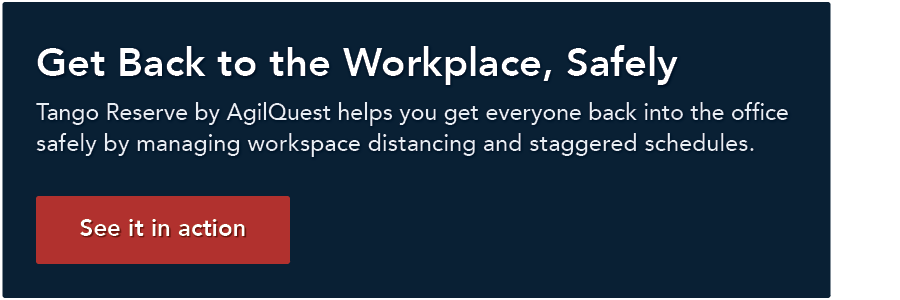Data Shows What Employees Want and Companies Need When Planning the Return to the Office
Everyday companies are discussing and reworking their plans to get back to the office. Workplace scenarios range from keeping all employees at home for the unforeseeable future to getting everyone back in the office ASAP.
Companies looking to get employees back into the office have to consider the safest way to do this. On the other side, companies wanting their employees to continue their work from home need to be able to provide the tools and equipment they need to get the job done.
For Companies Looking to Get Back
If you’re ready to get employees back into the office, what measures are you taking to provide a stable, safe plan? Are you asking how your employees feel about the return?
JDP, an employment screening company, recently distributed a back to work survey with 2,000 respondents that found:

When planning to have employees return to work, it is important to listen to their concerns and needs and be flexible. Many employees have realized the benefits of working from home and 76% want to continue to do it going forward. But that doesn’t mean the office is dead. Employees enjoy the flexibility but still only want to be WFH 2.5 days a week.
And productivity isn’t lacking.
In a Stanford Study, remote workers were 13% more productive than their in-office counterparts. In a recent internal survey at Chegg, 86% of employees say their productivity is as good or better than it was before. And recently, a California company showed a 47% increase in worker productivity!

[Safely, Quickly, and Easily Get Back to the Workplace with Forum.
See how it works for your office.]
What’s my point?
Before you rush to get employees back into the office, take a second to listen to what your employees want and what your company needs and make a plan.
Employees enjoy working from home but don’t need it 5 days a week. They can be productive both in and out of the office. And as long as the number of employees in the office is limited, they mostly feel comfortable going back into the office.
So, let’s create a workplace that enables the worker bee.
Creating Distance with Dynamic Spacing
One of the most popular workplace scenarios we have run into is Dynamic Spacing.
Dynamic Spacing in your office can mean creating a 6-foot radius of safety while still offering workspace choices for employees.
Many of the new workplace options take away freedom of choice. But with dynamic spacing, employees can choose the workspace they want, and once reserved, the workspaces around it become unavailable.
In the video below, Torrance Houlihan, AgilQuest’s Cheif Experience Officer, walks you through how dynamic spacing works in an office.
Using Dynamic Spacing as a way to get employees back to work means offering your employees the choice and freedom to work when and where they want and feel safe doing so. This creates an environment that allows employees to use the office when they feel it works best for them while still having the option to work from home.
Staggering Employees’ Schedules
To take your plan one step further and satisfy another one of your employees’ requirements, you can create teams and schedules to stagger when employees are in the office.
By creating teams, you can schedule Team A to be in the office on Mondays and Thursdays and only allow them to access a certain part of the office and do the same for Team B on Tuesdays and Fridays. This way employees can be in the office with the people they need to work with but capacity and risk are low.
There are several ways you can plan to physically distance your office, including
- dynamic spacing
- group/team availability
- creating inactive workspaces
- breakdown time on spaces
- alternate work days
Torrance covers how you can plan and execute each of the above topics with Forum in the video below.
The Safe Return
Employees want to feel safe when they return to the office. And it’s the employer’s job to make that happen. Listening to employees and making a plan to keep workstations 6-feet apart, staggering work schedules, and limiting the number of people in meetings rooms and the office is a great place to start.
Creating a flexible environment that makes people feel safe is key. And it looks like you are on the right track!
If you’re in charge of the safe return, check out our back to the workplace page.


